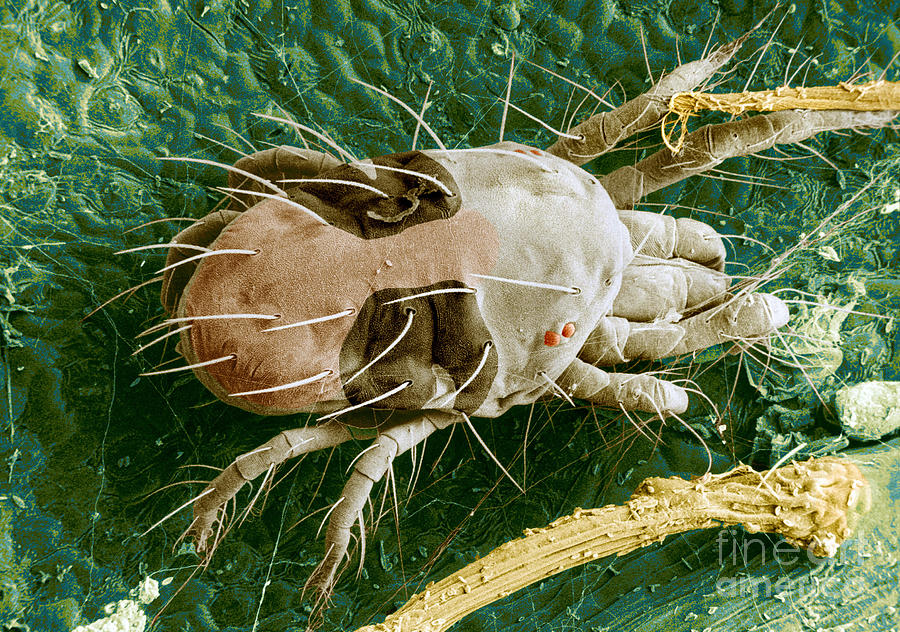
Therefore, it important to scout healthy areas of an infested field that are downwind from damaged areas. Although they lack wings, twospotted spider mites disperse with the wind to move from dying plants to areas with healthy plants. Twospotted spider mites begin feeding on the bottom of the plant, and move to the top as the plant’s health deteriorates. If their presence is confirmed, then estimate populations throughout the field by walking a “Z” or “W” pattern. I encourage people to look at the edge rows first to see if mites can be found. Eventually they may disperse with the wind to develop a field-wide infestation. Twospotted spider mite. Photo by Frank Peairs, Twospotted spider mites often aggregate at the field edges, especially if there are weeds surrounding the border. They can also be an orange to red color when conditions are unfavorable for their growth. Twospotted spider mites are typically a cream or green color when feeding on corn or soybean. Mites can be collected by shaking leaves onto a white piece of paper, and then look for moving mites. Twospotted spider mite larvae have six legs, whereas nymphs and adults have eight legs. They can be mistaken for specks of dirt with the naked eye (Photo 1).


These are ideal conditions for the twospotted spider mite and populations are capable of increasing very rapidly.Ī hand magnifying lens is recommended to scout for twospotted spider mites (< 1/60 inch long). Twospotted spider mites can increase whenever temperatures are greater than 85☏, humidity is less than 90 percent, and moisture levels are low. As parts of Iowa enter severe drought on July 14 (D2, US Drought Monitor), I encourage you to scout for twospotted spider mites in crops.


 0 kommentar(er)
0 kommentar(er)
